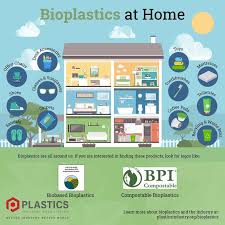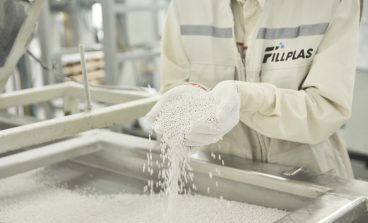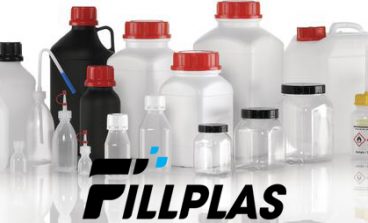
Bio-based, bio-sourced and plant-based
The Oxford Dictionary defines “bioplastics” as a type of biodegradable plastic derived from biological substances rather than petroleum. This is what we call “bio-based”. The “bio” refers to biological.
However, oil and petrol are to some extend also “biological”. They’re the residue of biological entities such as animals and plants that have been pressured and processed for millions of years.
Maybe the “bio” from bio-based and bio-sourced should not only refer to “biological (entities)” but also to “biologically friendly” in the sense that they respect the fauna and flora and the ecosystem. Then again, how do you define biologically friendly?
Another aspect would be to look at the renewability. To what extend can you renew or how long do you need to renew a plant or a crop? To what extend or how long do you need to renew oil and petrol?
Biobased plastic or Bioplastics are plastics made from renewable biomass such as:
- cellulose
- hemicelluloses
- lignin
- vegetable fats and oils,
- corn starch
- pea starch
- potato starch
- sugars from sugar cane and sugar beats
However, recently there have been many inventions and scientific breakthroughs. We will be able to make bioplastics from
- avocado
- seaweeds and algae
- shrimps
- cactus
- grapes
- fish scales
- insects
- safflower
- mushrooms
- Etc.
When the renewable biomass comes from a plant, it can also be referred to as plant-based plastics.
Plastics and Polymers
When we use the word plastics, we mean polymers. Plastics is not a substance or material, it’s an attribute (plasticity).
Plasticity is the name used to describe the property, feature or attribute of all materials which can deform irreversibly without breaking. This attribute refers to the production process and not usage. We can mold a polymer to give it a specific form (ex: a plate). The polymer survived the molding and production process because of its plasticity.
What we refer to as plastics are usually organic polymers of high molecular mass mixed with other substances (additives). These polymers and additives are usually derived from petrochemicals except in the case of bioplastics…or shall we say biopolymers.
Biodegradation and compostability
Bioplastics are also capable to biodegrade or decompose back into its natural elements, under the action of bacteria or enzymes (bio-degradable).
There’s a difference between biodegradation and composting. Biodegradation refers to a process that starts without human intervention and where the residue is not necessarily compost. Composting refers to a process started by human intervention and here the end residue is used for compositing purposes.
Applications of bioplastics
There’s a wide range of bioplastics such as
- rigid and flexible packaging materials;
- food and drinks containers;
- dining utensils;
- electronic devices;
- automotive and airplane parts;
- cable sheaths and casings;
- noise and thermal insulation panels.
End of life, lifecycle and waste management
When a plastic or bioplastic object has accomplished its purpose it reaches it’s the end of life and is usually discarded. Now comes the billion-dollar question: what shall we do with the plastic and bioplastic waste? Here are some options:
- reuse
- recycle
- biodegrade
- compost
- Incinerate
- landfill
Firstly, bioplastics need to be sorted, collected, treated and processed for their second life. How do you differentiate between different types of bioplastics? Some packaging is made from several materials often referred to as laminates. How do we separate these layers? How do we sort them? And how do we remove the glue, colorants, and additives? This falls under waste management.
Environment
The environmental impact of bioplastics should be measured on the following points:
- Climate change, carbon footprint, and greenhouse gasses
- Littering
- Use of farmland for bioplastics instead of food production
- Reduced dependence on petroleum
- End-of-life options
- Life cycle analysis
Types of bioplastics
- BDO 1.4 butanediol
- Bio-based PET
- But-1,3-diene
- Bio-epoxy
- Furfural
- FDCA
- LIGNIN
- PEF Polyethylene Furaonate
- PLA polylactic acid
- PHA Polyhydroxyalkanoate
- PBT polybutylene terephthalate
- PBS polybutylene succinate
- PDO 1.3 propanediol
- PU Bio-based Polyurethane
- PTT polytrimethylene terephthalate
- PA10 PA11 : bio-polyamides from oil plants (Castor)
- Bio-polyamides
Fillplas has products using bioplastics. Please kindly contact us for more information.



